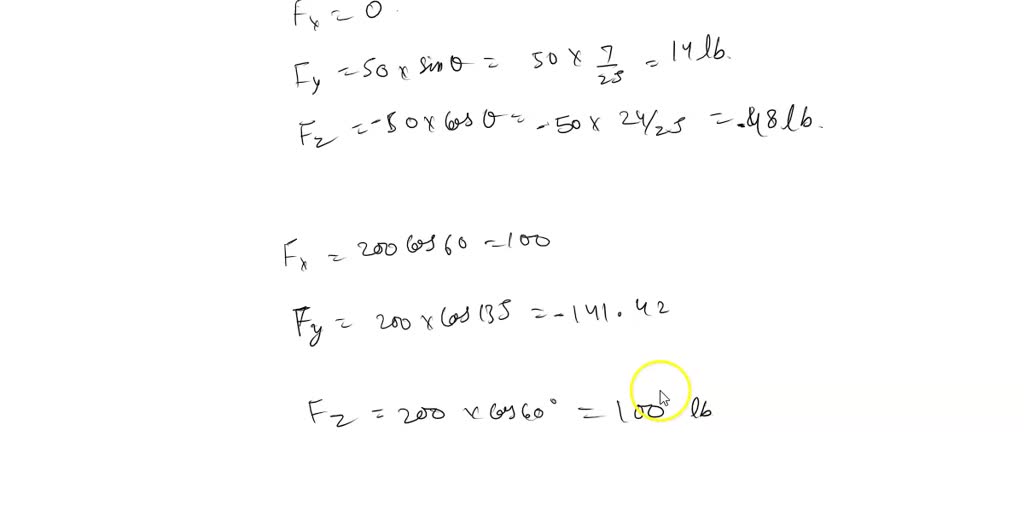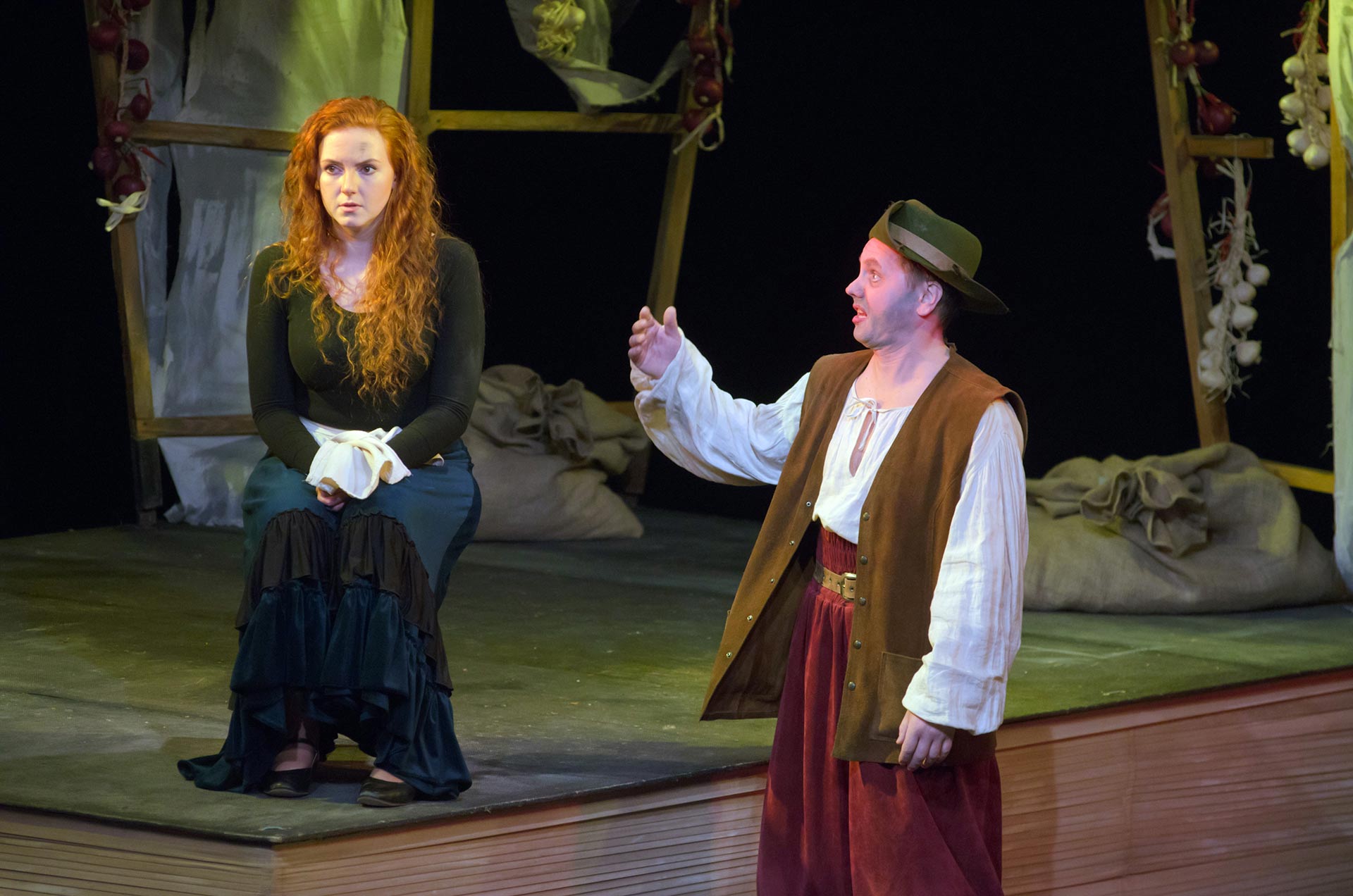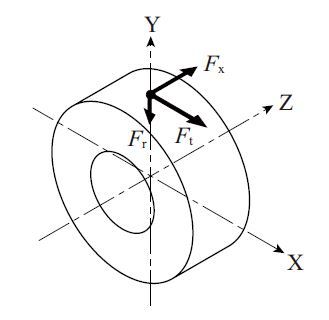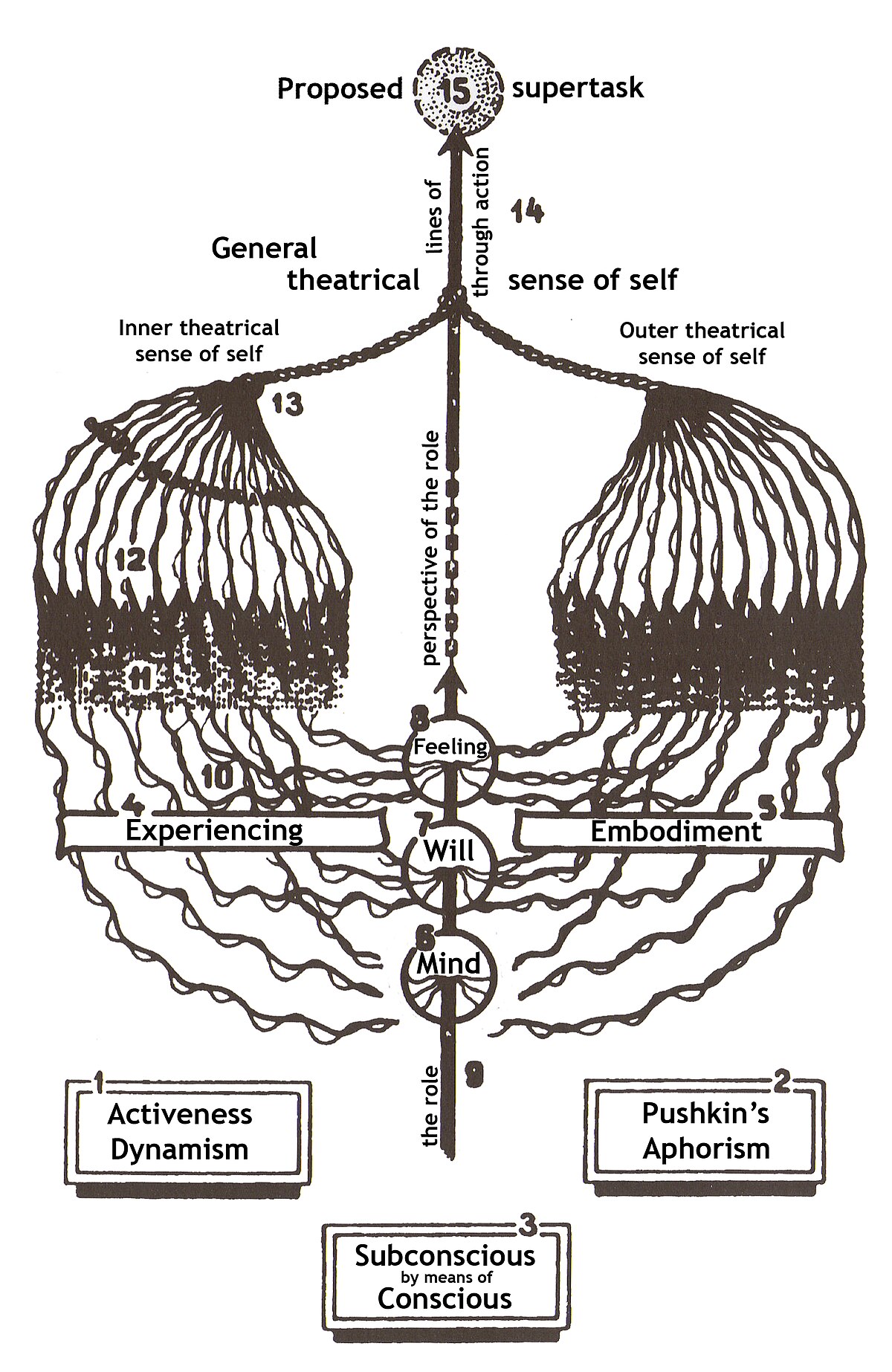
Midlothian Advertiser - In today's Scotsman Magazine, there's a big interview with Outlander star Sam Heughan about the next series, his memoirs and walking the West Highland Way. https://trib.al/aRFH9By | Facebook

SOLVED: Task 2 (Resultant in 3D): For the spur gear that is shown in Figure 2, determine: - The Cartesian form of the resultant force of the two forces acting on the

10 Great Movie Scenes Where The Actor Wasn't Acting | Taste Of Cinema - Movie Reviews and Classic Movie Lists

Playful Learning in Actor Training: The Impact of COVID-19 on Spontaneity and Intuition – Critical Stages/Scènes critiques



















